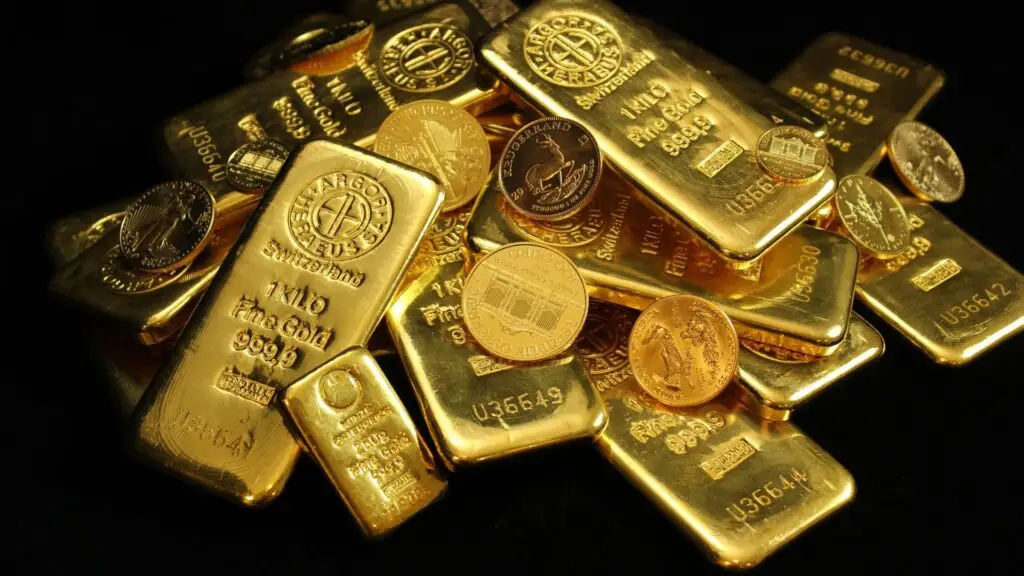
Gold prices climbed for a fourth consecutive week, closing at $3,648 per ounce on September 12, 2025, just shy of the all-time high of $3,674 reached earlier in the week. Weaker-than-expected U.S. jobs data and growing confidence in upcoming Federal Reserve rate cuts have reinforced gold’s allure as a safe-haven asset amid a sliding dollar and subdued Treasury yields (Reuters).
Year-to-date, gold has surged nearly 40%, outperforming the S&P 500 and other major asset classes as investors seek protection against potential monetary easing and broader economic uncertainty.
Labor Market Weakness Fuels Rate Cut Optimism
Initial jobless claims rose to 263,000 for the week ending September 6—the highest level since October 2021 and well above expectations—while August’s payrolls report showed just 22,000 new jobs added, far below forecasts of 80,000. These signs of softening labor market conditions have convinced traders that the Fed will deliver its first rate cut of 2025 at its September 16–17 meeting, with market odds at nearly 100% for a quarter-point reduction (Reuters).
Morgan Stanley’s Ellen Zentner warned that “the labor market remains the primary narrative,” signaling that weaker employment data could presage additional easing measures later this year.
Mixed Inflation Signals Support Fed Flexibility
August consumer prices rose 2.9% year-over-year, up from 2.7% in July, yet producer prices unexpectedly fell 0.1%, the first monthly decline since April, driven by lower service costs. The PPI drop suggests companies are absorbing tariff-related expenses rather than passing them on, giving the Fed room to cut rates without fearing a resurgence in headline inflation (U.S. Bureau of Labor Statistics).
Market pricing now reflects expectations for at least three rate cuts by year-end, up from forecasts of just one or two cuts made two months ago, bolstering gold’s appeal as real yields trend lower.
Dollar Weakness and Central Bank Buying Drive Rally
The U.S. Dollar Index has slid to six-week lows as rate cut prospects intensify, making gold more attractive to foreign investors. Since January, the dollar has declined 10.7%, while gold is up 33.4%, highlighting the metal’s inverse relationship with currency strength (Trading Economics).
Central banks continue to bolster their reserves, purchasing a record 1,037 tonnes of gold in 2022 and adding 67 tonnes this year alone, led by the National Bank of Poland. This sustained official demand has underpinned gold prices and reflects a broader shift toward de-dollarization amid geopolitical and fiscal uncertainties (Discovery Alert).











